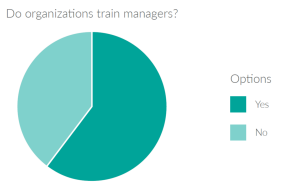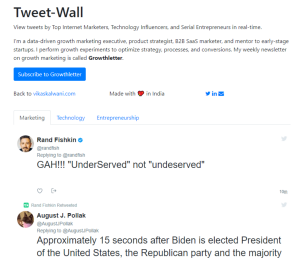Online sales to consumers in the United States are expected to reach $ 523 billion by 2020. Fueled by impressive advancements in supply chain and distribution systems, online shopping is delivering the customer experience that is rewarding marketplaces with loyal shoppers that have expanded the shopping list to include everything from unique specialty items to everyday household goods.
This customer experience is impacting business to business (B2B) online sales in a profound way. Predictions for the business to business e-commerce market are in the trillions. The carryover of the consumer customer experience, from the home office, to the B2B marketplace, or the corner office, puts unrelenting pressure on manufacturers, especially those small and mid-sized companies that make up more than 90 percent of the U.S. manufacturing market. Working with lean margins to begin with, these manufacturers, new and established, are investing in mobile and cloud technologies to streamline the processes in the production cycle to provide the customer experience that is now the norm due in part to the likes of Amazon and other retailers that are proving that 2-day, same day and pick-up-in-store delivery methods work.
These behind-the-scenes technologies are used in a variety of ways with mobile and cloud technologies working hand-in-hand. Especially for small and mid-sized manufacturers, individual employees across all levels of the manufacturing organization are empowered to make well-informed decisions because of the collaborative nature of these technologies. Whether autonomous robots navigate and pick items from warehouses or field delivery staff has delivery routes optimized with real-time traffic updates and directions, mobile networks are accelerating the rate of commerce in dramatic ways. Mobile technologies, devices and things used throughout the supply chain, production and distribution systems are able to communicate real-time updates that give business leaders an unprecedented ability to accurately predict future trends in the marketplace.
Data transmitted by these devices travel through the cloud by way of applications that tie all of these systems together. Whether customers are purchasing through a web site, a mobile app or a traditional phone call to a sales rep, the cloud can make it possible to accrue real-time insights that would have taken weeks or months of analysis merely 20 years ago. This agility is a benefit of these technologies and it helps manufacturers more tightly control inventory of raw materials and produced goods.
Without a doubt, innovation in the online consumer marketplace is resetting everyone’s expectations. When the Amazon’s and Walmart’s of the world are investing in new delivery methods while also expanding their marketplace, the supply chain, production and delivery systems of tomorrow will become more agile, robust and fast. It will be up to manufacturers to keep pace. If today’s expectation from the home office is a 2-day delivery, then in another 20 years how far will technology advance to meet the expectations of the corner office?
Digital & Social Articles on Business 2 Community(29)
Report Post





